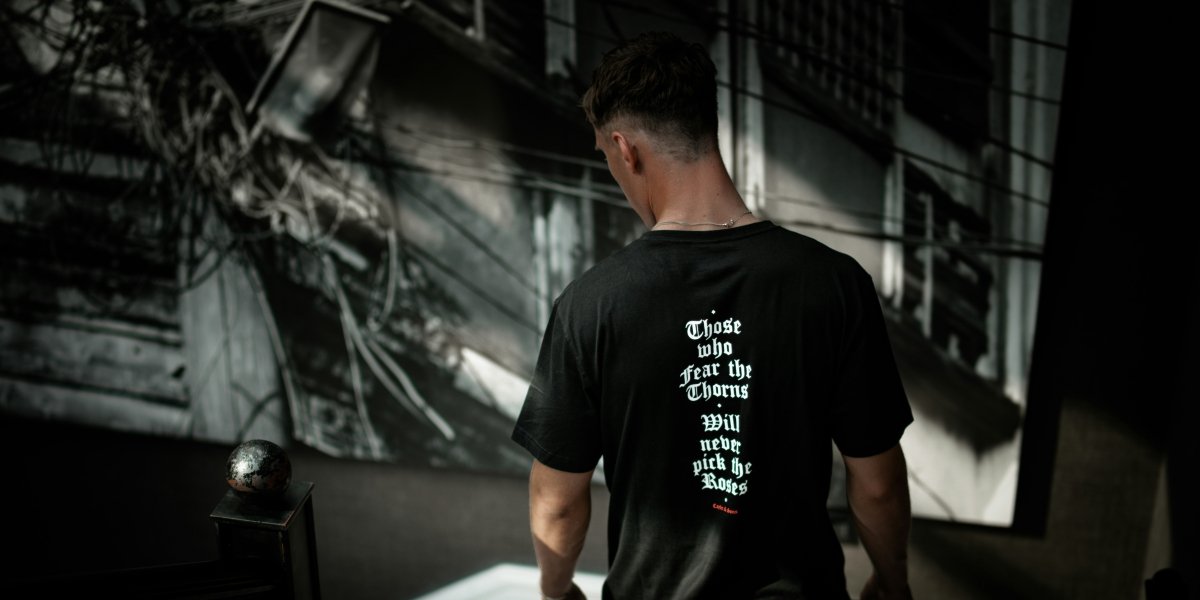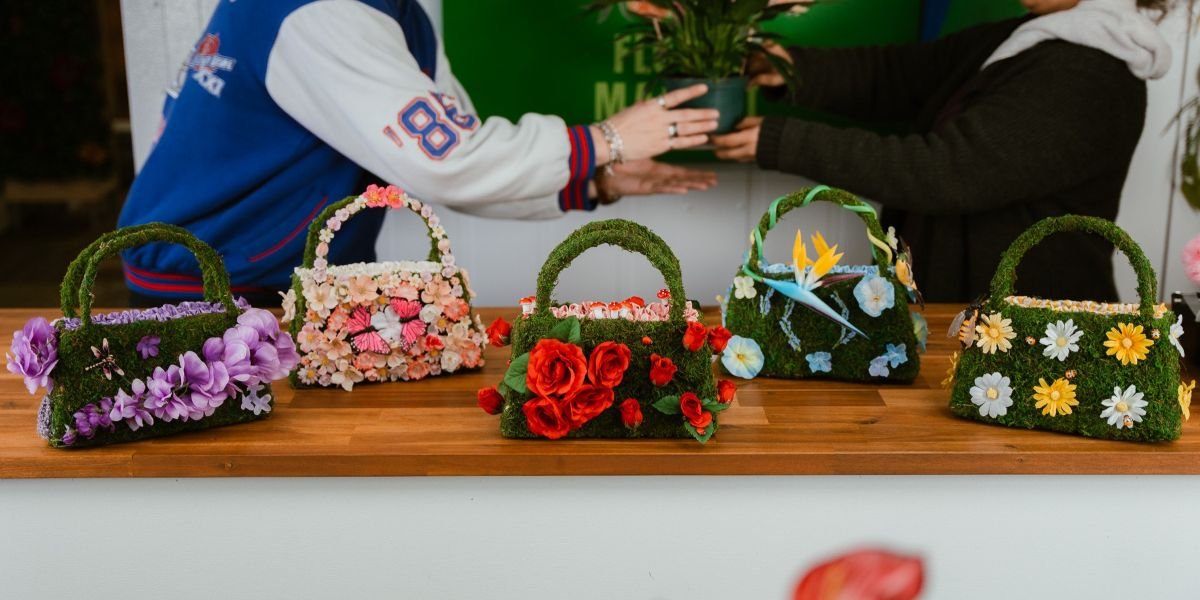By: Jacob Maslow
“Carnaval” — the word itself evokes images of vibrant colors, lively music, and elaborate costumes. It’s a time of celebration, revelry, and culture that crosses geographical and cultural boundaries.
Similar to how vintage graphic tees and flashy disco boots make a bold fashion statement at your favorite festivals and celebrations, Carnaval is known for its flamboyant display of creativity and self-expression. Today, let’s peel back the layers of this festive phenomenon and explore what makes Carnaval such a unique and exhilarating celebration.
Why Do People Celebrate Carnaval?
Originating from ancient traditions, Carnaval has a rich history that has transformed over centuries. Historically, Carnaval was a period of indulgence before the solemn observance of Lent in predominantly Catholic regions.
This festive tradition spread across continents, blending with local customs to create a diverse tapestry of culture and celebration. Today, Carnaval serves as a vibrant showcase of cultural heritage, artistic expression, and community spirit.
What Do People Wear to Carnaval?
At the heart of Carnaval are the elaborate costumes adorned with vibrant colors and intricate designs. These costumes often represent works of art that reflect the joy and creativity of the celebration.
From glittering masks to flowing feathers, each costume tells a story and adds to the kaleidoscope of colors that define Carnaval. For many, these costumes offer a way to embrace personal identity and cultural pride.
Carnaval’s Music and Dance Traditions
Carnaval pulsates to the rhythm of music and dance, creating an electrifying atmosphere that captivates participants and spectators alike. Different styles of music, ranging from samba to reggaeton, help set the tempo for the energetic dance performances that take center stage during the celebrations.
The infectious beats and lively movements embody the energy and enthusiasm that characterize Carnaval. The synergy between music, dance, and costumes during Carnaval offers participants a chance to express their identity through art and community.
How Do People Celebrate Carnaval?
One of the hallmarks of Carnaval is the colorful and dynamic street parades that wind through cities, captivating audiences with their splendor and spectacle. These parades feature intricately decorated floats, costumed performers, and exuberant dancers who bring vibrancy to the streets.
Crowds gather to witness the procession, immersing themselves in the joyful energy that permeates the festivities. Street vendors contribute to the experience by offering traditional delicacies and refreshing drinks to revelers, adding to the overall festive ambiance.
Where Is Carnaval Celebrated?
While rooted in traditions of specific regions, Carnaval has become a global phenomenon celebrated in various ways around the world. From the vibrant Rio de Janeiro Carnival in Brazil to the culturally rich Mardi Gras in New Orleans, each location infuses its own Carnaval celebrations with unique customs, music, and flavors.
Whether it’s the electrifying street parties of Trinidad and Tobago or the mesmerizing parades of Venice Carnival, Carnaval has the ability to bring together people from diverse backgrounds in a shared celebration of joy and cultural heritage. Carnaval acts as a cultural thread that unites communities across the globe.
How Has Carnaval Influenced Modern Culture?
Beyond its festive revelry, Carnaval is recognized for its impact on culture and society. The artistry and creativity displayed during Carnaval celebrations have influenced various forms of artistic expression, from fashion and design to music and dance. Carnaval also encourages a sense of unity and diversity, bringing people together to celebrate shared traditions and values.
The vibrant energy and inclusive spirit of Carnaval continue to resonate, leaving a lasting impact on communities and individuals alike. Carnaval’s influence extends to art, fashion, and entertainment, contributing to cultural landscapes worldwide.
Carnaval Beyond the Celebration
While Carnaval is synonymous with vibrant parades and festivities, its impact goes beyond the celebration itself. Many Carnaval events incorporate community involvement and social initiatives that promote inclusivity and support local causes.
Sustainable practices and initiatives are also gaining attention, highlighting a commitment to environmental stewardship and social responsibility. By embracing the values of Carnaval, individuals can cultivate diversity, creativity, and positivity within their communities.
Unity, Creativity, and Joy: The Spirit of Carnaval
Carnaval is a celebration of culture, creativity, and community spirit. From its roots steeped in tradition to its global reach and influence on culture, Carnaval illustrates the impact of inclusivity, expression, and joy.
As you enjoy the colorful parades, intricate costumes, and lively music that define Carnaval, take a moment to appreciate its values of unity, creativity, and celebration. Let the festivities inspire you!
Published by Liz S










